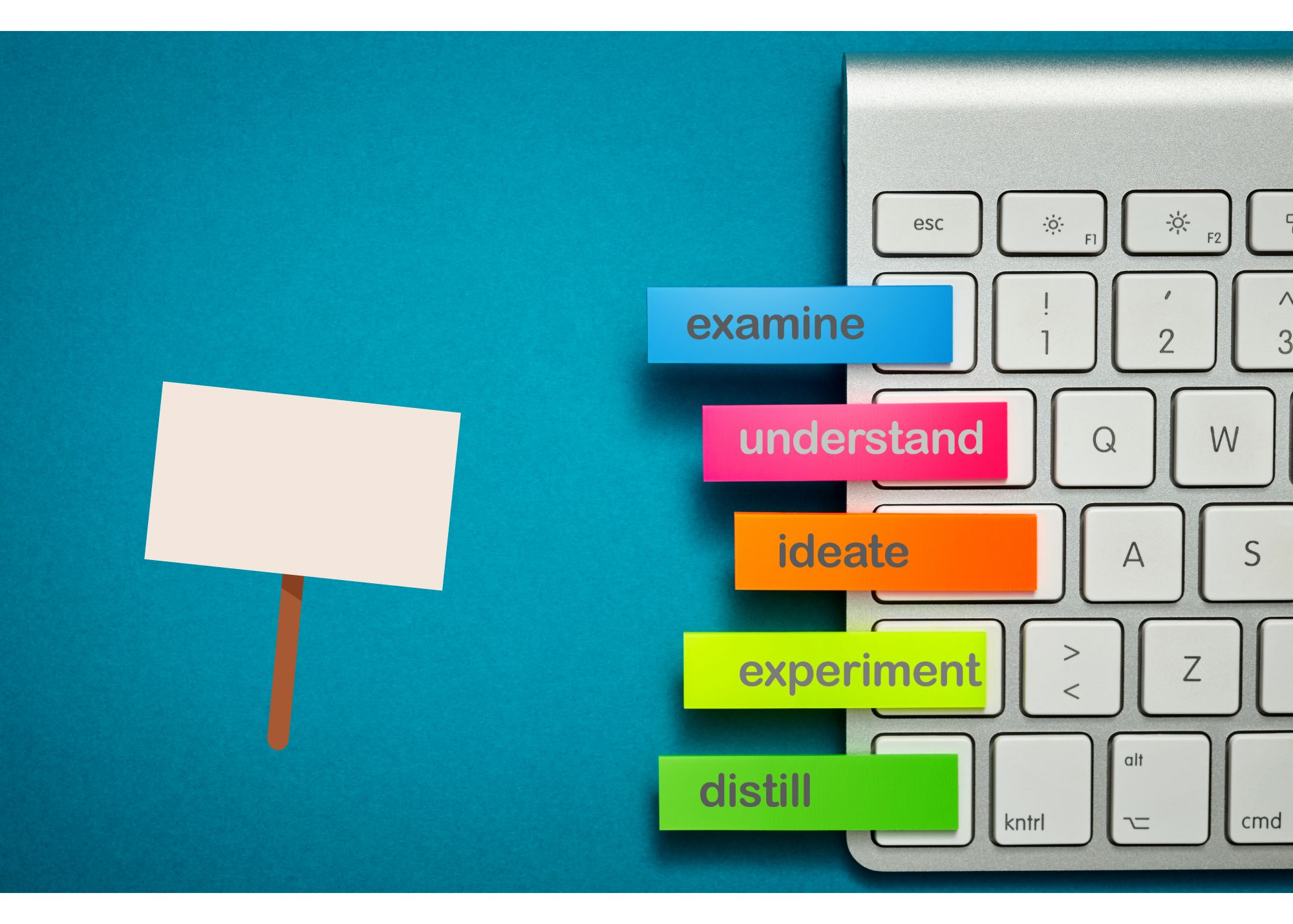When Will Walmart Join The Trillion Dollar Club?
At today’s $673 billion valuation, Walmart’s metrics track remarkably close to Microsoft’s pre-trillion phase, though through a distinctly retail-centric lens.
Where Microsoft achieved its milestone through software margins expanding from 28% to 35% over five years, Walmart charts its course through scale economics and business mix evolution, as evidenced by its operating margin expansion from 4.6% to 4.7% year-over-year.
Key Points
- Walmart relies on scale economics, digital integration, and global growth to expand operating margins and sales productivity.
- International growth (e.g., 13.9% in China) and strong metrics like 85% free cash flow conversion and 15.1% ROIC highlight Walmart’s potential for profitability.
- Walmart has good odds of hitting a trillion-dollar valuation by 2027 through steady growth and margin expansion.
Walmart Makes an Astonishing $466 per Square Foot
Walmart’s unit economics are the clue that investors can point to in order to signal substantial upside opportunity. Management has achieved sales per square foot of $466 in U.S. stores, representing a significant productivity gain from 2020-21 era levels.
This metric is even more impressive when the multiplier effect of digital integration is factored in, meaning store-fulfilled digital orders now drive nearly three percentage points of comparable sales growth.
In simple terms, Walmart has a powerful hybrid model that leverages existing real estate while capturing digital market share.
Operating margins grew by 43 basis points year-over-year, not just from scale, but from a fundamental shift in revenue mix.
The company’s $10.5 billion capital expenditures, including $6 billion allocated to supply chain modernization, mirrors Amazon’s infrastructure buildout phase before reaching trillion-dollar status, albeit with distinctly different margin characteristics given Walmart’s physical footprint.
Walmart Looks Way Different From Other Trillion Dollar Stocks
The existing crop of trillion-dollar companies offer historical context for Walmart’s potential path to a $1 trillion market capitalization.
Microsoft approached its milestone with 35% operating margins and 14% revenue growth, while exchanging hands at a 45x earnings multiple.
Apple’s path featured 28% margins, 16% growth, and a 38x multiple. Walmart’s currently trading closer to 4.7% margins, 4.7% growth, and a 35x multiple, suggesting that it’s carving out a different, yet still viable, path through scale and mix shift rather than pure software economics.
One thing that’s likely to help Walmart’s tailwinds blow faster are the growth rates abroad.
Walmart Growing Abroad Fast
Mexico and Central America generated $13.1 billion in quarterly revenue and grew by 9.2% year-over-year.
In China, Walmart’s operations contributed $4.4 billion, up 13.9%, while Canada added $5.9 billion and climbed by 0.8%.
Digital penetration is decidedly varied by market and ranges from 12% to 28%, indicating substantial headroom for growth through online channel expansion.
Will Walmart Be a Trillion Dollar Stock?
The conservative case for Walmart hitting a trillion dollar market capitalization is by 2028, and requires 6% annual revenue growth and 25 basis points of annual margin expansion at today’s earnings multiple.
The base case targets 2027 through 8% revenue growth and 35 basis points of margin expansion, accompanied by multiple expansion to 37x.
The accelerated case sees potential achievement by 2026, driven by 10% revenue growth, 50 basis points of margin expansion annually, and multiple expansion to 40x.
Walmart’s Stock Chart Looks Good
Walmart’s chart indicators support the fundamental story given that the stock’s 200-day moving average has consistently been climbing higher.
Relative strength versus the S&P Retail index stands at 1.24x, eclipsing peers, and volume patterns hint at persistent institutional accumulation, especially given strong buying pressure around key technical levels.
If were to look at where resistance level exist, they sit at market cap lines in the sand of $725 billion, $850 billion, and $925 billion. Each of these are stopping points on the way to the lofty trillion dollar market capitalization level.
How Would a Quant Measure Walmart?
The quantitative risk profile looks pretty good with Walmart’s beta sitting at 0.52 versus the S&P 500, meaning it typically trades with lower volatility than the broader market.
Operating leverage of 1.8x suggests strong profit flow-through from incremental revenue, while free cash flow conversion at 85% and return on invested capital of 15.1% are signals to investors that management know precisely how to employ capital well to maximize profitability.
The Quantitative Lens Forecasts Trillion Dollars
Within four years, Walmart is very likely to have reached a trillion-dollar valuation based on a quantitative analysis that is supported by fundamental momentum, technical strength, and multiple expansion potential.
While the path Walmart will take looks very different from software-driven predecessors that made it into the exclusive trillion-dollar club, the combination of scale economics, digital transformation, and international growth should combined to produce a credible roadmap to hit the milestone.
The one statistic to look at closely to feel confident management can drive the Walmart ship to that lofty market capitalization is margin expansion. Second on the list is growth rates above 4.7% annually, a challenging but achievable target given current momentum.
Some supporting drivers too include the fact that Walmart remains a dividend king, currently paying a yield of 0.92% and with a payout ratio of just 33%, suggesting there is no risk to it anytime soon. The dividend king status also means that income-oriented investors will continue to support the stock for the foreseeable future.
A final cautionary note that should not fly under the radar is that analysts see limited upside to $95.44 per share over the next 12 months which is fairly limited but a discounted cash flows analysis suggests downside risk to $70 per share, suggesting material downside risk of 22.5%.



